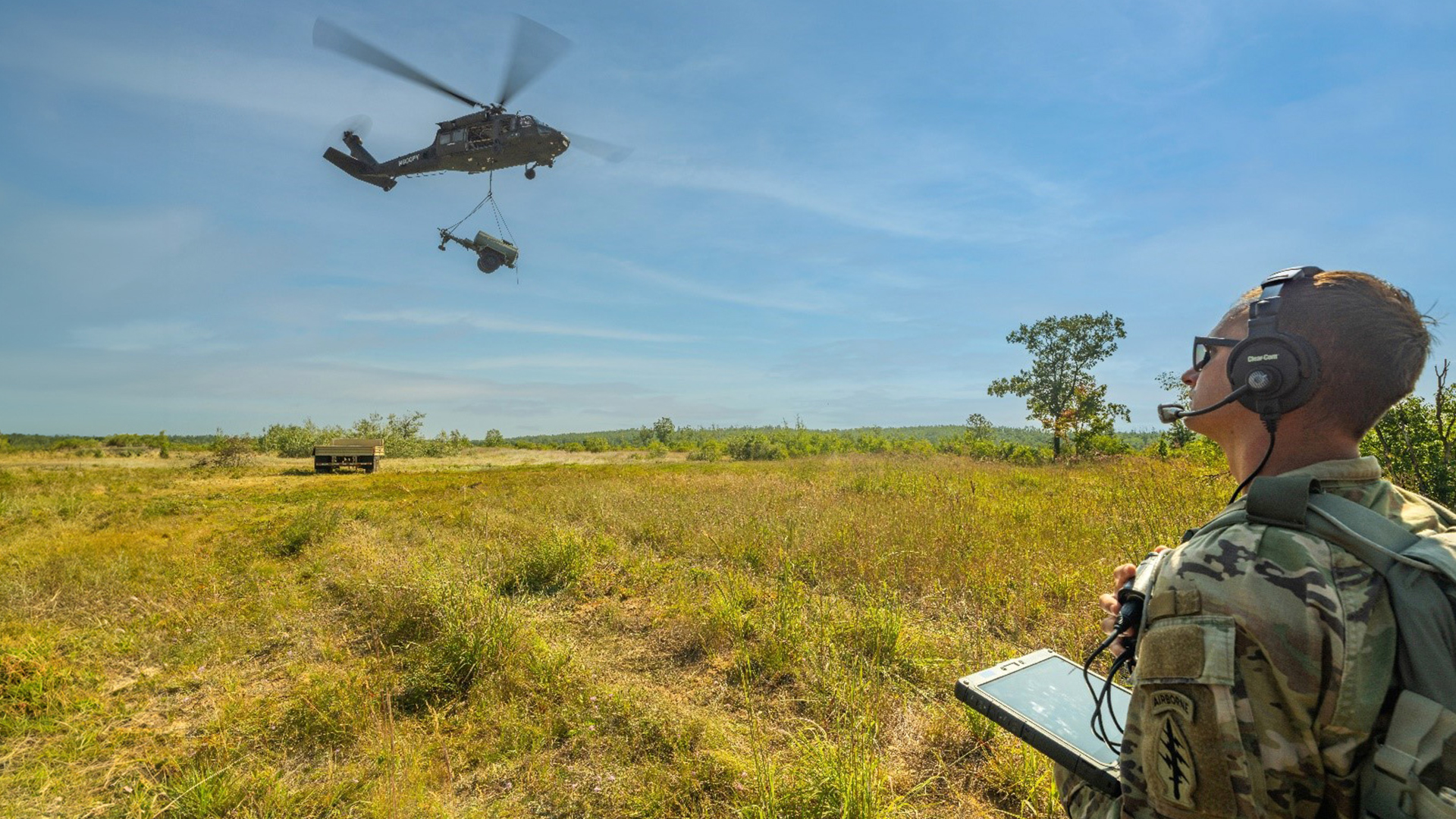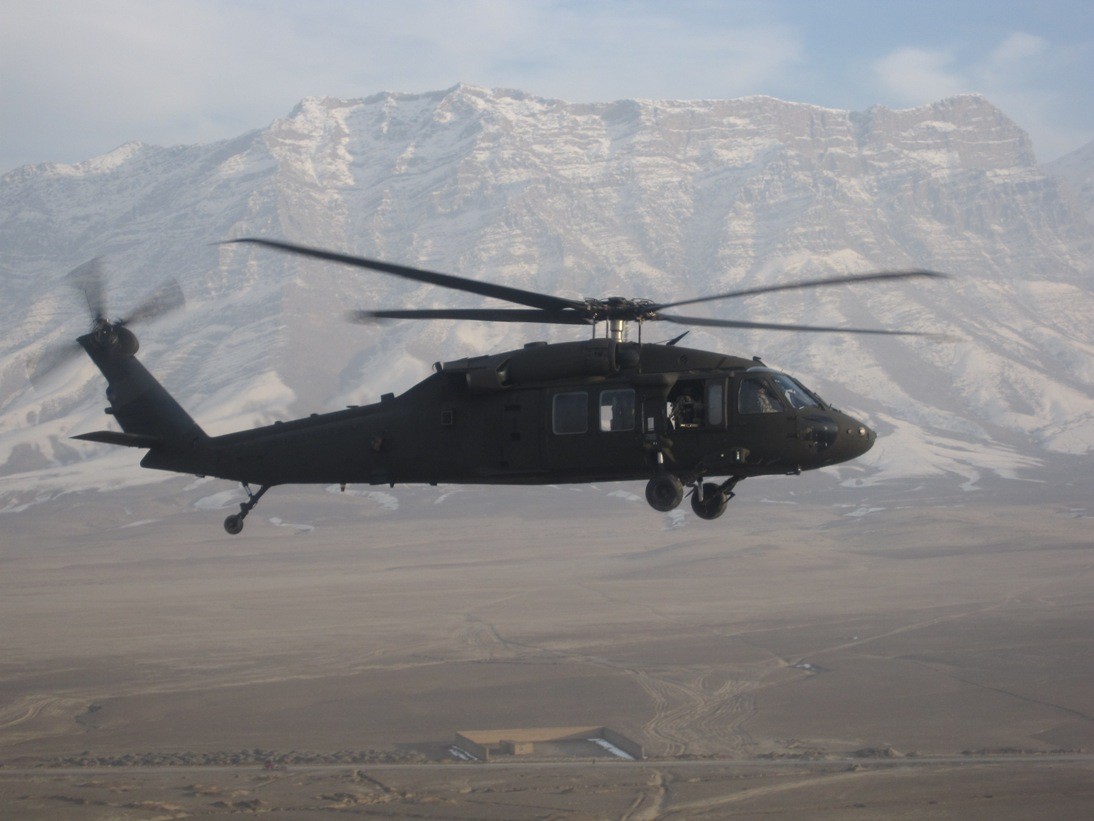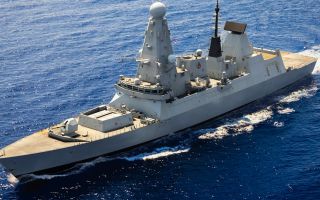
US reservist flies a Black Hawk like a drone - with less than an hour's training

A US Army National Guard reservist has proved it's a case of Black Hawk drone, not Black Hawk down, after remotely operating the helicopter with less than one hour's training.
Lockheed Martin Sikorsky's Black Hawk OPV - Optionally Piloted Vehicle - has been flown remotely before, but this was the first time an untrained non-aviator had taken control of the aircraft.
In addition to having such a short period of instruction in using the handheld tablet, the National Guard sergeant plotted and carried out a real-world mission with an underslung load.
OPV proves its worth
The unnamed soldier, on Exercise Northern Strike 25-2, directed the 1,315kg payload to a location 70 nautical miles away and commanded multiple precision airborne drops.
Lockheed Martin Sikorsky pointed out how this marked the first time a Black Hawk OPV had been fully under the control of an actual combat soldier rather than a trained test pilot or engineer.
The helicopter chalked up a number of firsts during the exercise in Michigan:
:: The Black Hawk OPV was directed to fly a pattern over Lake Huron, performing precision logistics and airborne drops entirely under soldier control.
:: It completed its first autonomous hook-up of an external load while airborne.
:: The helicopter completed six autonomous hovering hook-ups to transport HIMARS (M142 High Mobility Artillery Rocket System) launch tubes to an alternate landing zone before going on to carry out a medevac recovery exercise.

Risk avoidance
Using a remotely piloted aircraft can reduce pilot workload and take away the risk to human life.
"In contested logistics situations, a Black Hawk operating as a large drone offers commanders greater resilience and flexibility to get resources to the point of need," said general manager Rich Benton.
The Black Hawk OPV is equipped with something Lockheed Martin Sikorsky calls Matrix technology.
This combines software and hardware components to enable autonomous flight in "obstacle-rich" environments.
While the technology remains in the testing and evaluation phase, the hope is that one day utility helicopters will be able to resupply forward forces on a future battlefield without any human aircrew on board.
Remote good, but AI could be even better
The concept of remotely piloted aircraft has been taken one step further with AI replacing any human interaction.
History was made last year by a US military outfit that conducted the first in-air dogfight between a human pilot and an AI-controlled fighter.
A specially modified F-16 controlled by AI algorithms staged a dogfight with a human-piloted F-16.
The US Defence Advanced Research Projects Agency said this represented a "transformational moment in aerospace history".









